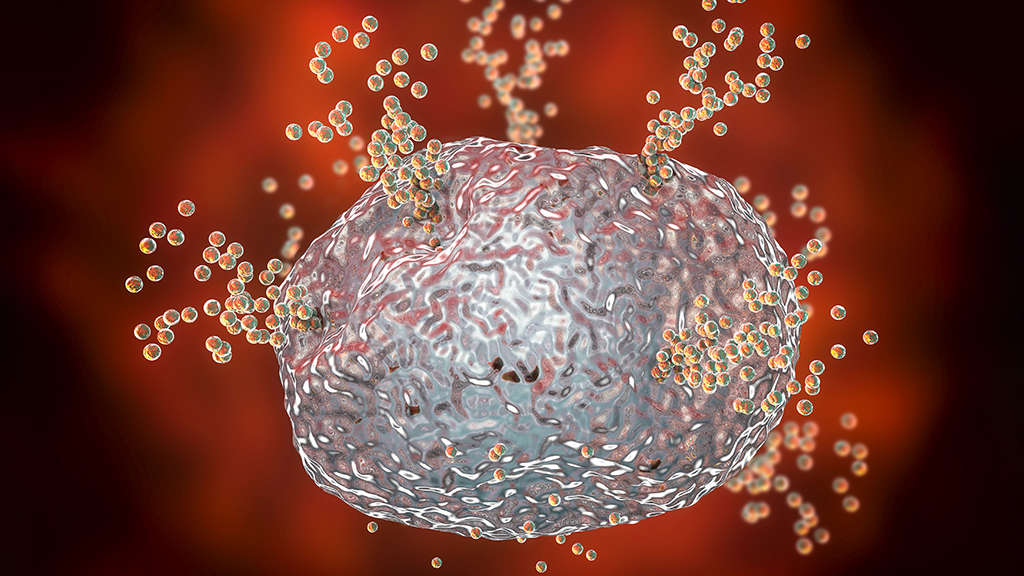Abstract
This directed case study allows students to review components of the immune and cardiovascular systems while learning the pathophysiology of immediate hypersensitivities. It tells the story of “Amoria,” a two-year-old with food allergies who is accidentally exposed to peanut protein and has an anaphylactic reaction. Students learn about emergency treatment for anaphylaxis, including the use of epinephrine autoinjectors, albuterol, and diphenhydramine, and how these medications help to counteract the effects of systemic histamine release. They also review sensitization through mast cell and basophil binding of IgE antibodies specific for the allergen and how this leads to degranulation, and the signs and symptoms of an allergic response on secondary exposure. Following Amoria’s recovery from the anaphylactic episode, she is exposed to a new potential allergen, bee venom. Students conclude the case by using what they have learned to make recommendations on how to respond to the bee sting. The case was developed for undergraduate students in the second semester of a year-long anatomy and physiology course.


